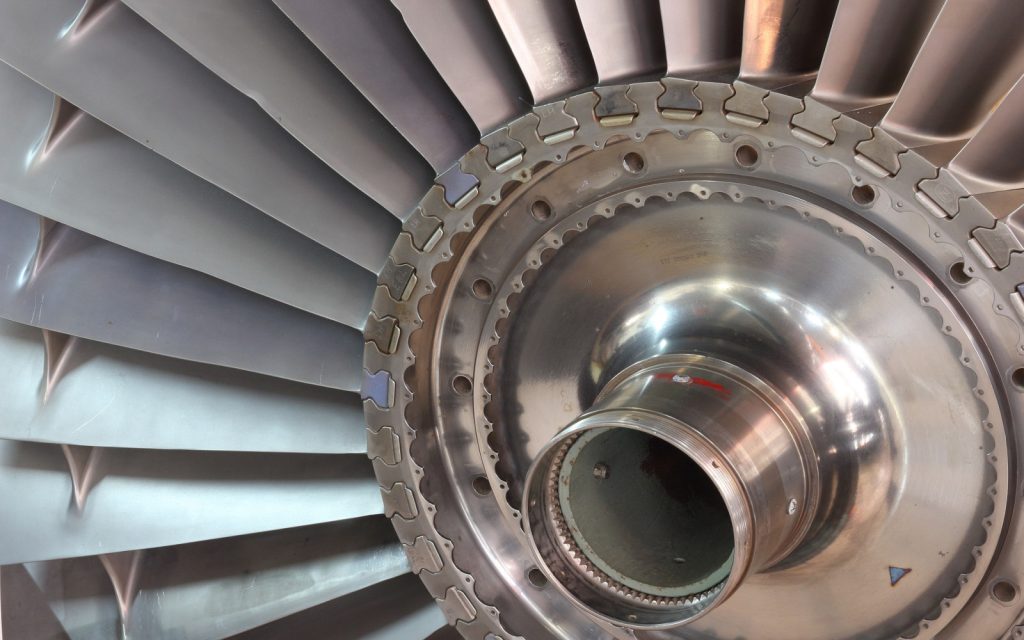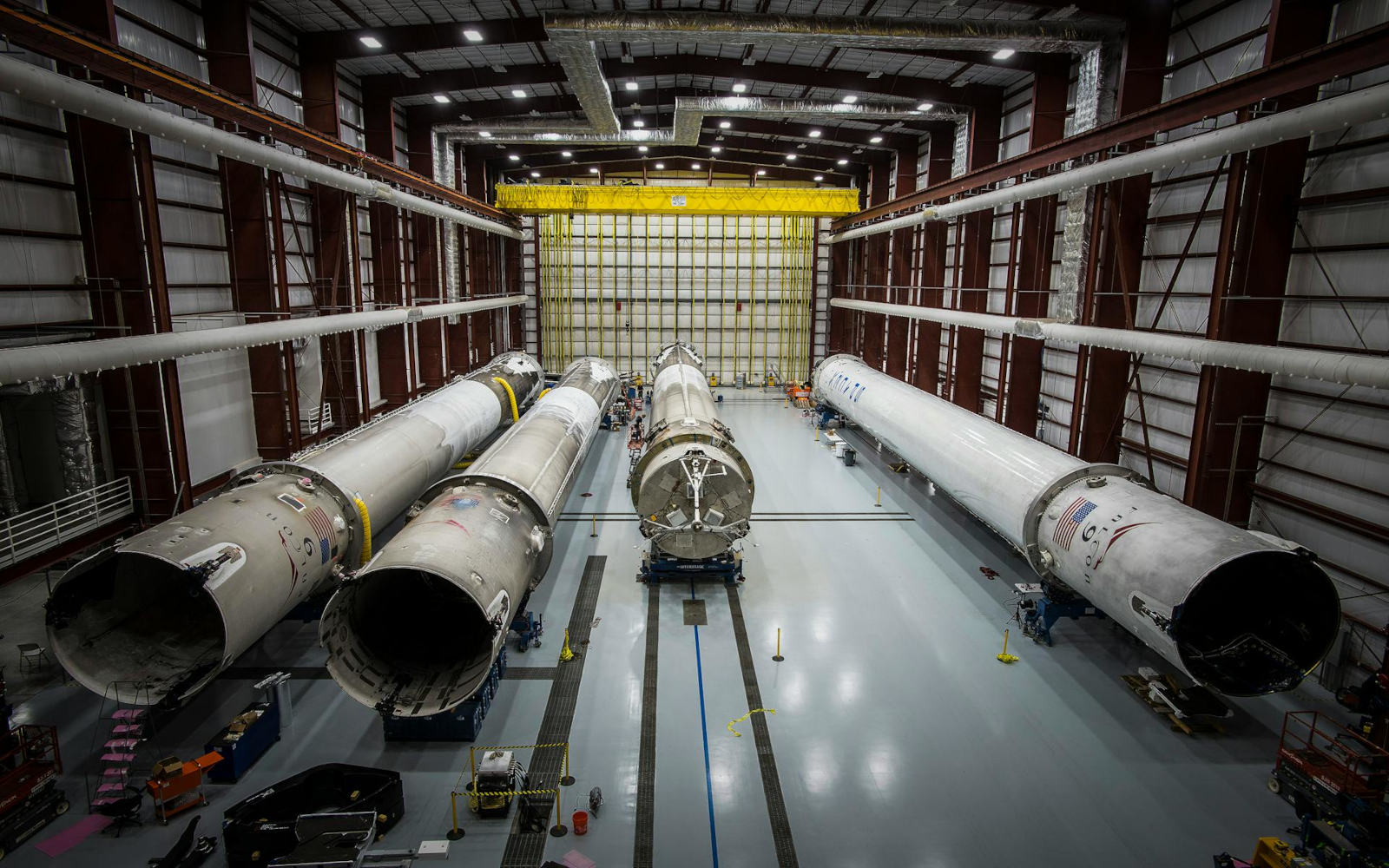The aerospace industry is inherently complex, with numerous safety considerations, including the management of combustible gases. These gases are crucial in various applications but pose significant risks. This article explores the role of combustible gases in aerospace, associated risks, and the critical need for trustworthy detection equipment to ensure safety.
The Role of Combustible Gases in Aerospace
Jet Fuel
Jet fuels, such as Jet A and Jet A1, are essential for powering aircraft. These fuels are composed of various hydrocarbons, making them highly flammable. They pose significant risks, particularly during storage and refueling operations. Jet fuel vapors can accumulate in confined spaces, increasing the risk of explosions if not properly managed.
Hydrazine
Hydrazine is used as a propellant in emergency power units (EPUs) and as a fuel in certain rocket systems. Notably, the F-16 fighter jet utilizes hydrazine in its EPU, which activates during emergency situations like engine flame-outs. Hydrazine is highly toxic and flammable, necessitating stringent handling and detection protocols. In the event of an emergency, procedures must be in place to manage potential leaks and exposure, including decontamination zones and protective gear for ground personnel.
Other Combustible Gases
The aerospace industry also uses gases like hydrogen, propane, and acetylene in various applications, including propulsion systems and maintenance. Hydrogen, for example, is used in fuel cells and as a cooling agent in some high-performance aircraft.
Risks Associated with Combustible Gases
The use of combustible gases in aerospace involves several risks:
- Fire and Explosion Hazards: The primary risk associated with combustible gases is fire and explosions. The presence of fuel, oxygen, and an ignition source can create a highly dangerous environment. For instance, the confined spaces within aircraft structures can trap gases, making them more likely to ignite under certain conditions.
- Toxic Exposure: In addition to being flammable, many gases used in aerospace, such as hydrazine and VOCs (volatile organic compounds), are toxic. Long-term exposure to these gases can lead to severe health issues, including respiratory problems, neurological disorders, and even cancer. For example, VOCs like benzene and toluene are known carcinogens, making their detection and management crucial.
- Environmental Impact: Combustible gases also pose environmental risks. The release of gases like hydrazine and methane can contribute to air and water pollution. Rocket launches, for example, emit CO2 and other pollutants into the upper atmosphere, potentially affecting ozone levels and contributing to climate change.
The Need for Trustworthy Detection Equipment

To mitigate these risks, the aerospace industry must rely on robust gas detection systems. Key elements include:
- Fixed Gas Detection Systems: These systems are essential for continuous monitoring in critical areas, such as fuel storage facilities and maintenance hangars. Fixed detectors can provide early warnings of gas leaks, allowing for quick intervention to prevent accidents.
- Portable Gas Detectors: These devices are crucial for on-the-spot monitoring, especially for maintenance crews working in confined spaces or on the tarmac. Portable detectors provide real-time readings and alarms, helping workers detect hazardous gas levels and take appropriate actions.
- Advanced Sensor Technologies: Various technologies are used in gas detection, including catalytic bead sensors, infrared sensors, and electrochemical sensors. Each technology has unique advantages, such as sensitivity to specific gases or the ability to operate in harsh environments. For instance, infrared sensors are highly effective in detecting hydrocarbons and carbon dioxide, while electrochemical sensors excel at detecting toxic gases like hydrogen sulfide and ammonia.
Best Practices and Safety Protocols
Implementing comprehensive safety protocols is critical in managing combustible gases. Key practices include:
- Regular Calibration and Maintenance: Gas detection systems require regular calibration and maintenance to ensure accurate readings. This process includes checking sensors for drift and replacing them as needed to maintain system reliability.
- Proper Training: Personnel must be adequately trained in using and maintaining gas detection equipment. This training includes understanding the properties of different gases, interpreting alarm signals, and knowing the appropriate response actions.
- Safety Audits and Risk Assessments: Regular safety audits and risk assessments help identify potential hazards and evaluate the effectiveness of existing safety measures. These assessments should include a review of gas detection systems, emergency response plans, and safety procedures.
- Comprehensive Detection Program: A comprehensive detection program integrates gas detection with overall safety protocols. This program should include monitoring for both flammable and toxic gases, maintaining clear communication channels, and establishing protocols for emergency situations.
The aerospace industry’s reliance on combustible gases underscores the need for rigorous safety measures and reliable detection equipment.
By implementing advanced gas detection systems and adhering to best practices, the industry can mitigate the risks associated with these gases, ensuring the safety of personnel and equipment.
For organizations seeking effective solutions, exploring options like those provided by Interscan can be a valuable step in enhancing safety protocols.
For more information on suitable gas detection systems, consider visiting our website to request a quote and exploring their offerings tailored to the aerospace industry’s unique needs.


